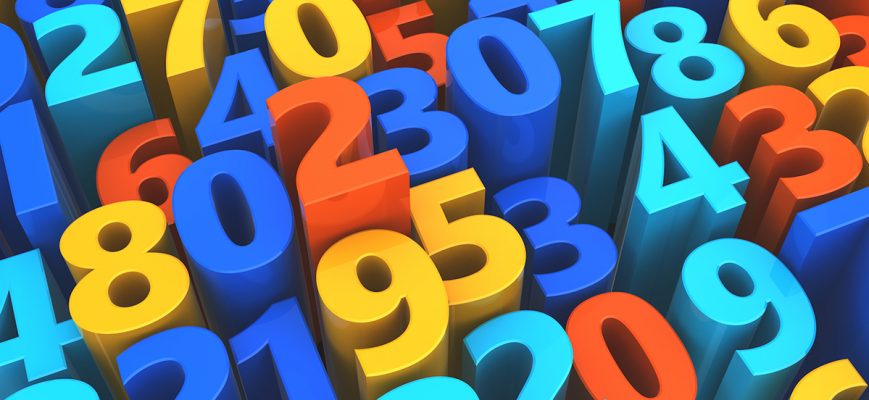Decimal comma or decimal point?
It’s surprising how many conventions there are about writing numbers and quantities in different languages, and it’s not always easy to know what approach to take when translating. For example, there are issues with spacing, metric vs. imperial, and the definition of a billion. But the most frequently asked question on this subject is: should I use the decimal comma or decimal point?
The short answer is, English-speaking countries (and China) tend to use a decimal point and separate thousands with commas. Most European countries, as well as countries that speak European languages, do it the other way around. However, there are exceptions, such as Mexican Spanish.
Some of them, especially French, use a space to separate thousands (rather than a decimal point), but not necessarily when referring to millions (and of course you need to use non-breaking spaces to make sure the number doesn’t get split-up over the end of a line).
| English-speaking countries and China | Most European languages | France |
| 1.23 4,000 5,000,000 | 1,23 4.000 5.000.000 | 1,23 4 000 5.000 000 or: 5 000 000 |
So the usual approach when translating is to convert numbers according to the language in question. But sometimes it’s not easy to say whether these conventions are language-specific or country-specific. And there’s a third possibility: that they are system-specific, meaning that even within one language there are times when you could use one system or another, or even mix them.
The metric system (more properly the SI or Système International) is associated with Europe and so a lot engineers are used to seeing the decimal comma used with metric units, but the decimal point with American units. As a result, some writers mix them when making conversions. So you might see
10.5 feet (3,20 metres), or
1,48 bar (21.46 psi)
This works quite well in tables, but can be confusing in prose, especially if some of the numbers have no units. Aesthetically, including both the decimal comma and decimal point can appear to be confused, even if most engineers will make sense of it.
International standards
The ISO (International Organization for Standardization) and CEN (Comité Européen de Normalisation) both specify that “the decimal sign shall be a comma”, whatever the language, so they would write 3,20 m and 1,48 bar.
For more detailed information (ISO Login required): PDF
American companies in particular, when planning to translate technical documents into European languages, have to choose between a number of options, including whether to convert to metric and, if so, whether to use both systems and in which order, etc. A source text containing “10.5 feet long” might end up in the target text with any of the following:
| decimal point | decimal comma | mixed | |
| Not converted | 10.5 ft | 10,5 ft | – |
| Converted | 3.3 m | 3,3 m | – |
| Converted: US first | 10.5 ft (3.3 m) | 10,5 ft (3,3 m) | 10.5 ft (3,3 m) |
| Converted: SI first | 3.3 m (10,5 ft) | 3,3 m (10,5 ft) | 3,3 m (10.5 ft) |
Thousand separators
Thousands are a bit more complicated:
- English (EN and US-EN): the traditional comma is nearly always still used (1,234.56)
- European-Spanish (ES): the traditional dot is nearly always still used (1.234,56)
- Mexican-Spanish (ES-MX): the same as English! (1,234.56)
- French (FR): the dot is still sometimes used, but the accepted current usage is a non-breaking space (1 234,56)
- Chinese (ZH): traditionally divides large numbers into sets of FOUR digits. India divides them into TWO, so take care!
On the other hand, international standards (including ISO) specify that we should in future all use what is currently the French standard (i.e. 1 234,56).
How much is a billion?
My favourite bit of confusion is the billion, which in English (and Portuguese Brazilian) is one thousand million (10 to the power 9), whereas everything else in the world it is one million million (10 to the power 12, the same as the English trillion). A number of languages have the “milliard”, which is the same as the English billion. So you end up with these wonderful equivalences:
EN Europe
1.234 million = 1,234 million (10 to the 6)
1.234 billion = 1.234 million (10 to the 9)
1,234 billion = 1,234 billion (10 to the 12)
And what about “ft” anyway? Is it a symbol, not to be translated? Is it an abbreviated word, to be translated? Furthermore, should it have a dot after it? A space before it? Perhaps these are questions for another day!
Quicksilver Translate
The translation of technical documents (technical translation) requires an extremely high degree of accuracy and fidelity to the original text: terminology must be translated appropriately, and even a slight imprecision could have very serious legal implications.
We have successfully completed more than 2500 projects in this field, for clients in over 20 countries. Naturally, we have a number of translators in our team who specialise in technical documentation. We believe we are world leaders in multilingual documentation for fire protection engineering, not least, thanks to Colin Whiteley’s experience of more than 30 years in this industry. Colin has unmatched, first-hand experience of the issues and challenges of producing, and maintaining, multilingual, technical documentation.

